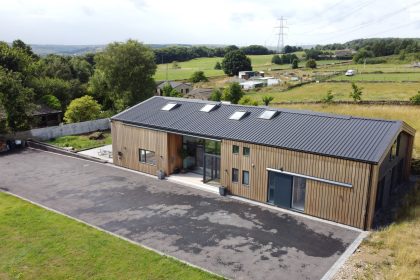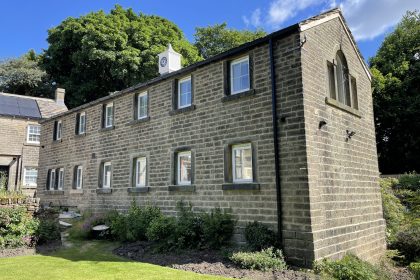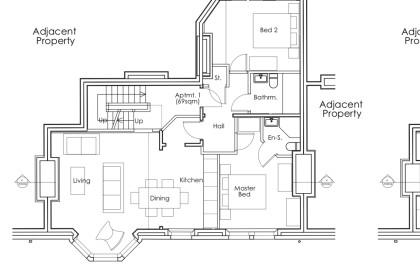Even the most ambitious of renovations can turn a profit if you follow these basic rules. Property developer and author of Renovating for Profit, Michael Holmes, shares his top tips.
1. Buy the Worst House on the Best Street
You can’t influence an area or change the street, but you can completely transform the house and totally rebuild it if necessary. At this point the price you pay is absolutely critical.
2. Get the Essentials Right First
Prioritising your budget, always put money towards the essentials first, to make sure the building is warm, dry and free of damp, and is a secure property.
3. Don’t Get Carried Away
Think: Who is going to buy this? What are they looking for? Do your research, have a look at what other developers are doing in your area.
4. Add Central Heating
Updating the central heating system will always add more to the value and is a priority to buyers. Seal any draughts, replace windows with double glazing and adding insulation into the loft space. If the existing boiler is in reasonable working order, try to make use of it by adding new radiators, a heated towel rail, or underfloor heating.
5. Consider Remodelling While Renovating
After looking at the basics, focus on making the best use of your space. Add space in order of cost-effectiveness:
• First, remodel the space that you have already got.
• After that, convert spaces perhaps the loft, a garage, or a cellar.
• Next, think about the possibilities of extending up because that’s always cheaper than extending out, and you don’t lose garden space; if that’s not a possible extend backwards or sideways.
• Extend down and create a basement, but that is expensive.
• If nothing else works, you can usually add extra space at the bottom of the garden with an outbuilding.
6. Fix Superficial Defects
Small defects don’t directly affect the value of a property. However, together they will prevent it selling at the optimum price. Examples of typical defects:
• Peeling paint
• Squeaking or sticking doors and windows
• Door latches that don’t work
• Mouldy sealants in kitchens and bathrooms
• Dripping taps
• Loose tiles
7. Remember the ‘Ceiling Value’
There is a ‘ceiling value’ – a maximum value that any property can achieve. The best way to identify this is looking at what other people’s homes have sold as; look on Rightmove or Zoopla.







